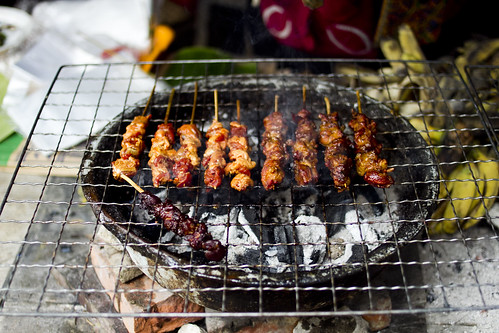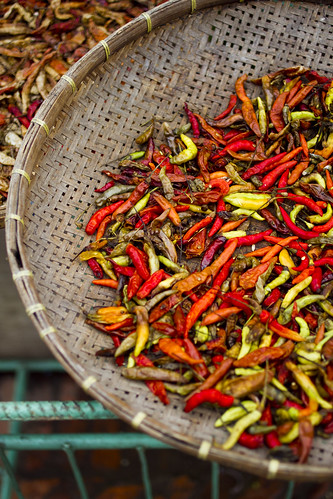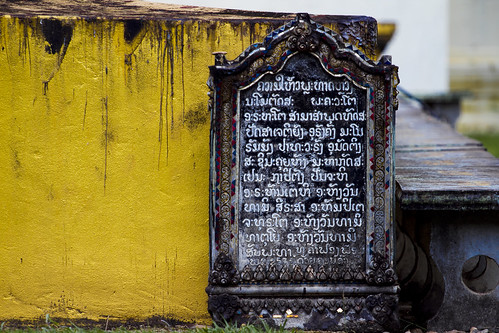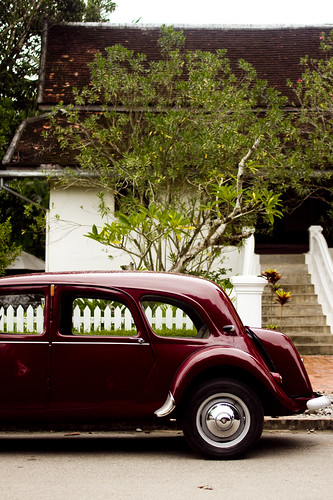This notes are to explore the questions that I had developed during the Foundry Photojournalism Workshop in Chiang Mai, August 2012. This is not an attempt to criticise or making an fuss rather this is my personal opinion and rants as based on the conversation that I had with certain people and the observation during and after the workshop. First thing that I noticed when I arrived to meet my fellow students in Chiang Mai is, where the hell are the South East Asian Photographers?
Fotografer.net (Indonesia) may boast that they are the biggest photography forum in South East Asia (SEA) however, there are only three photographers from Indonesia joining in, myself, Arif Setiawan (the scholarship recipient from Bandung) and Dilla Djalil-Daniel (Foundry alumni), Bea Wiharta (Reuters Photographer) is supposed to join us but he had a sudden assignment . Given the fact that Foundry was being announced at the end of 2011 the number of people who showed up is dissapointing, for other SEA countries it was slightly better although the names that showed up are established photographers that has previously exposed to similar workshop namely the Angkor Photo Workshop or others.
Malaysia had around 5 people on board, Singapore had 3(?), Brunei none, East Timor none, Cambodia none, Vietnam had 3, Burma had 3-4, Lao PDR none.
This is dissapointing for me .
"Oh it is expensive". Not really though, Foundry was announced at the end of 2011 and only conducted in August 2012. That means 6 months period of saving your money and given the fact that a lot of photographers nowadays are the growing middle classes, I don't see why is this the reason.
The low turnout can be argued that documentary photography and photojournalism was quite a niche in the genre, it has even see decline even in the western world as spoken by Alison Morley (ICP). But isn't the possibilties of getting mentored by the biggest names of photojournalism, meeting like minded people in an exotic place and building connection is enough to excite people?
South East Asian Photographers and Our Countries as Developed Market.
Read up David Alan Harvey; (Magnum) conversation with James Estrin; (NYT Lens Blog), on BURN Magazine, they are stating that how becoming a photographer today is one of the best days of becoming one because never was in history that we have unlimited access to almost every people in the planet through internet and how this opens up to new possibilities that was never imagine before. Below is the excerpt of the interview.
JE: And I love that kind of photography, and working for a newspaper. I happen to really like working for a newspaper, but what I am saying is that it has never been an easy profession; it’s a myth that it was easy twenty-five years ago.
DAH: Yeah, that’s bullshit.
JE: I don’t know about forty-five years ago, but I know about thirty years ago and it was not easy!
DAH: No, it was not easy and it seems easy to the young because they see us a certain way and they forget that it wasn’t like that really. Every generation has to build their own thing.
JE: And so for all the challenges which young photographers face, and they do face serious challenges, I am not making them smaller than they are, there are also tremendous opportunities that didn’t exist then that do now.
The similar sentiment was mentioned as well by Henrik Kastenkov (Bombay Flying Club) in his seminar session during Foundry albeit in a more confusing manner to some. He was stating in the age of the Internet, one only need to make a great work, promoting it and make a business model out of it to survive. Everything else is already there; the audience, and the manners of which you reach your audience.
That is the general condition of the photography world, now let's dig up what are the other conditions that we have as a SEA Photographers:
- All the big names (publishers, contests, workshops, etc) are still very western oriented and viewed in a western perspective, only a handful are SEA native.
- Established and up and coming western photographers are existing in the SEA market as well and they are being assigned and commissioned to go to the SEA.
- SEA photographers have more limited resources as opposed to the rest of the Asia or Western world (funding, knowledge).
- "SEA is no longer a developing market, it is a developed market" ~ Ashley Gilbertson (VII). A statement that I have found to be somewhat true.
- The number of people who owns camera are increasing exponentially, to the point where photography is a more democratic process than general election.
- Crowdfunding method existed, however it was not popular among the SEA native, as far as I can remember one filmmaker is using the method to fund her works and my friend is using one as well to fund his. I don't know whether SEA photographers are comfortable on using this as a platform to fund their projects.
Let's relate this to the writing that I had earlier; we had the people, we living in an age where information is achieveable in a few clicks, it was never been easier to publish work than ever, our region is a developed market and many more. However somehow, we can't realize that we live in this golden age of photography. People are rather stuck with trivial matters, what aperture, what shutter speeds, what lens, rather than discussing in depth where is my photography going and how can you make yourself better.
So there, my observation, would this condition are going to be improved in the future? I don't know, but if people are still staying in the bubble, thinking that photography are only about gears, bikini clad girls, HDR landscape and human interest without going in depth and creating quality work, I can guarantee that we are not going to move much from where we are now.










